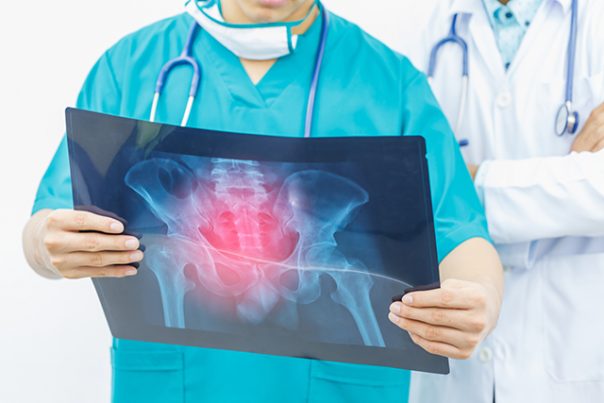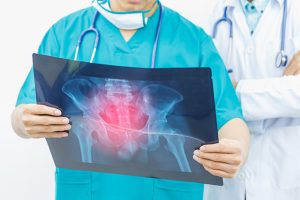
Developmental dysplasia of the hip – causes, side effects and treatments at NaturalPedia.com
Wednesday, June 13, 2018 by Carol Anderson
http://www.naturalpedia.com/developmental-dysplasia-of-the-hip-causes-side-effects-and-treatments-at-naturalpedia-com.html

Developmental dysplasia of the hip, also known as congenital hip dislocation, is a condition where a child is born with unstable hips. According to health experts, this means that the ball and socket of a child may sometimes move from their proper places causing dislocation.
This condition happens due to abnormal formation of the hip joint during early stages of fetal development. It usually affects the left hip, but on some occasions, developmental dysplasia of the hip can target both left and right hips.
At least one or two in every 1,000 babies are diagnosed with congenital hip dislocation, and without proper treatment, chances are they will suffer through great pain growing up.

Known risk factors and symptoms of developmental dysplasia of the hip
Newborn babies usually receive their first check-up 72 hours after they’re born, and come back to health experts when they’re between six and eight weeks old. During these appointments, the babies’ hips are checked for any problem that may cause discomfort such as:
- A clicking sound when moving the hips
- A difference in leg lengths
- Asymmetry in the fat folds of the thigh around the groin or buttocks
- Obvious shortening of the affected leg
- Problems with how babies sit, crawl and walk
The same symptoms apply to adults who may be suffering from developmental dysplasia of the hip.
Genetic link is also a significant risk factor for this condition. The chances of suffering from congenital hip dislocation are at six percent even if both parents have healthy hips. For those who have at least one parent diagnosed with it have an increased risk of 12 percent. In cases where a parent and a sibling have been diagnosed, the risk increases to 36 percent.
Body systems affected by developmental dysplasia of the hip
Complications such as redislocation, stiffness, and blood loss can all be caused by this condition. In worse cases, patients can also suffer from avascular necrosis of the capital femoral epiphysis which is harder to treat.
It also accounts for up to nine percent of all primary hip replacements among children and is a leading cause of disability. Premature degenerative joint disease and lower back pain are possible long-term complications of congenital hip dislocation.
Food items or nutrients that may prevent or relieve developmental dysplasia of the hip
Although there are no food items or specific nutrients related to the prevention of developmental dysplasia of the hip, experts commonly advise safe wrapping of babies.
When the legs are held straight and are tightly wrapped, the risk of hip dysplasia and dislocation increases. It is vital to leave room for babies’ legs to move around even when wrapped – both hips and knees must be bendable.
Treatment and management options for developmental dysplasia of the hip
Different methods are used to treat the condition depending on the age of the patient. Those who are 18 to 20 months old normally undergo pelvic osteotomy. For children diagnosed with hip dysplasia at the age of two or older, or previously underwent a closed reduction procedure but failed, open reduction is suggested.
In children older than three years old, experts found the femoral shortening osteotomy as the safest procedure. Meanwhile, the standard anterolateral or Smith-Petersen approach is suggested for older kids.
The procedure may also differ depending on the condition of the hips at the time of treatment.
Where to learn more
- Canine Hip Dysplasia: Relief can be found in Natural Remedies
- Medicine.news
- Health.news
- DangerousMedicine.com
Summary
Developmental dysplasia of the hip is a congenital disease where the hips of a baby are unstable or loose. Due to movement, the ball sometimes slips out of the socket and caused dislocation. About one or two out of 1,000 infants are born with this condition.
During check-ups, a clicking sound when moving the legs is a symptom that babies’ have hip dysplasia. There will also be a noticeable difference in the length of the legs on children suffering from it.
Safe wrapping of babies is strongly advised by experts as the inability of babies to move their legs freely may lead to dislocation. As for treatments, there are different procedures which can be done to fix the issue; however, it still depends on the age and condition of the child.
Sources include:
Tagged Under: Tags: developmental dysplasia of the hip





